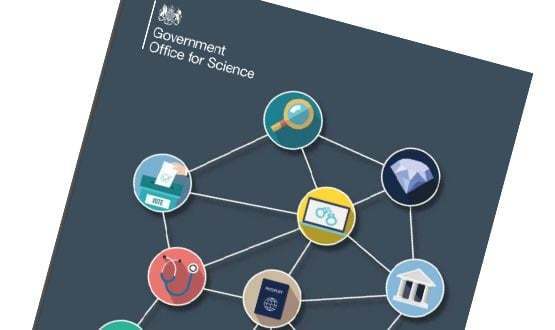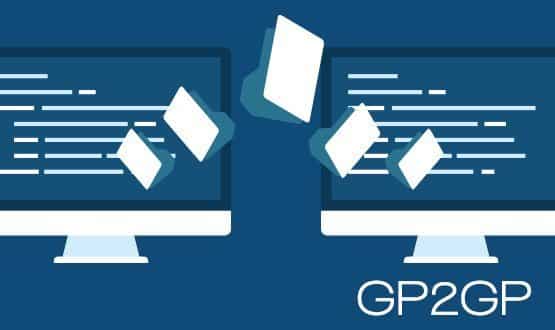Study raises issues with GP2GP records
- 1 August 2012

GP practices have reported that a considerably higher proportion of their own records are accurate, complete and useful than those they have received via GP2GP electronic record transfer, in the first published study on the quality of GP2GP records.
A paper in the Informatics in Primary Care journal reports that GPs value GP2GP, but identify issues with record quality.
The researchers ran an online survey that attracted 147 respondents from 146 GP practices receiving records via the electronic record transfer system.
They found there was no significant differences between different GP systems and concluded that difficulties in mapping data structures between systems might underlie some of the perceived issues.
Beverley Ellis from the University of Central Lancashire and Dr Mary Hawking, a Dunstable GP, together with others from the University of Central Lancashire and the General Practice Research Database set up the pilot study to obtain insight on the quality of records received via GP2GP.
They found that the majority of respondents felt that between 75% and 100% of their own records were accurate but less than 20% felt that between 75% and 100% of records received via GP2GP were accurate.
Significantly higher levels of completeness was also attributed to records created by respondents’ own practices and the same pattern was repeated for perceived usefulness.
The authors added: “It is unlikely that this is purely a result of cognitive bias of illusory superiority.”
A total of 83% of practices reported that incoming records were always summarised by trained summarisers and 77% said the GP2GP record was also reviewed when the paper record came in.
Just over one in three practices (35%) said records were never checked before import to the practice record but 42% said this always happened.
Respondents were also invited to add free text comments about their experiences of GP2GP which the researchers said covered the themes of time spent on GP2GP records, problems with GP2GP, difficulties between systems and degradation of entries.
Comments included: “A huge amount of work to clean up the degraded entries”; “There needs to be an agreement on priority codes”; and “There is still a major problem with attachments/scanned not opening so cannot be read.”
More positive comments included: “Have taken a lot of the grief away- and speed on arrival is excellent”; and “Significant reduction in lost information as result of patient transfer.”
The researchers said the main themes of the comments related to problems arising from a lack of standardisation both in terms of data structure of records held in different clinical systems and in the way those systems were used in individual practices.
They said work on developing standards for the structure and content of records may provide a solution. They added: “Despite the perceived limitations very few respondents felt that a large proportion of GP2G records were fully inaccurate, incomplete or useless.
Practices seem to consider that having a record, even if the quality may be dubious, is preferable to waiting for receipt of the paper record and getting it summarised.”
Ellis told EHI Primary Care that the team was keen to conduct a larger scale national study including a larger survey to investigate the factors that lead to the perception of lower quality and welcomed feedback on their pilot study results.




